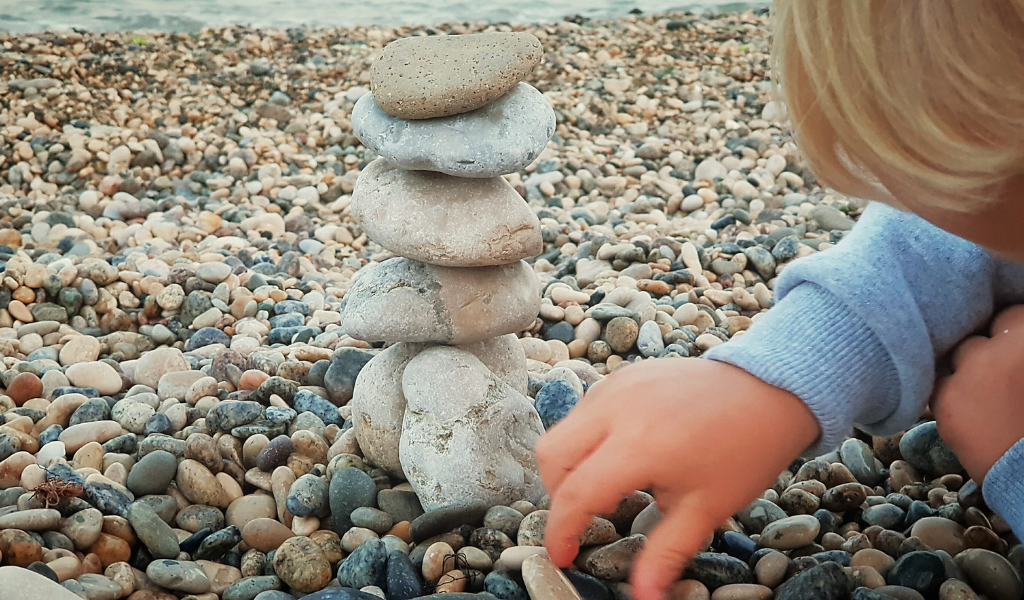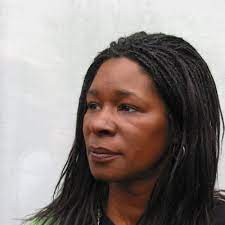In this blog, early years expert Dr Stella Louis explores the impact of supporting (or not) the schemas babies, toddlers and young children are developing and using.
A schema is a repeated action, behaviour or movement that a child is using and is interested in doing again and again. Schemas are part of the developing brain and are embedded in children’s actions and movements. Schemas are biological we are born with them as part of our brain. As our brain develops from our interactions and our experiences, connections are made in our brain. These expand our neurological connections and new schemas are formed. Repeated play experiences support the young brain cells to make connections, (synapses). Schemas form deep grooves in the brain.
Schemas are part of a child’s development and are always changing and adjusting in light of children’s responses from their experiences with the physical world and with others. They help children to predict and remember their actions and movements. They also support children to modify their ideas and the learning lasts into adult life. The biological form of the schema, is evident in its physical expression. Examples of schemas are orientation, trajectory, transporting, rotation, positioning, enveloping, enclosing, dabbing, containing, connecting and disconnecting.

As practitioners and parents observe babies, toddlers and young children they may notice repeated actions and movements. These might be vertical and horizontal movements (up and down movements, back and forth and side to side) of circular movements with arms and legs, or putting fingers or thumb into their mouths. As babies develop their reflex responses become more intentional. When babies fix their gaze, track with their eyes, suck and grasp, they are practising their newly acquired schematic behaviour which will form the foundation of their earliest learning.
The relationship between action and thought can be frequently observed in children’s schematic actions and movements. Children need lots of meaningful opportunities to struggle and experiment with new experiences. They explore, manipulate, discover, experiment, repeat and practice newly acquired skills. In this way young children develop knowledge and understanding of specific relationships that often requires them to change the way they think in order to fit new information into their existing mental structure.

Babies, toddlers and young children are sensory beings, needing real concrete experiences. They look, seek, find, feel and investigate and it’s their senses (movement, sight, sound, taste, smell, touch) that they use the most during exploration. Being able to repeat things helps babies to remember, develop, combine and refine their actions and movements. It may appear as if a child is simply repeating the same thing over and over again but schemas are much more complex than that. Children are developing their perception, through the process of doings things again and again. They are examining, arranging, interpreting and reinterpreting. A child lining up big cars on one side of the table and smaller ones on the other side is learning about size, sorting, making sets and classifying. Schemas show adults how children are exploring conceptual ideas to do with height, width, space, position covering, hiding, fitting rolling or rotation. Did you know that whatever children do schematically they will do more than once with whatever resources and materials that they have available to them?

Practitioners can identify some schemas when they observe children engaged in spontaneous play. Practitioners may also observe babies, toddlers and young children using schematic actions in different ways:
Piaget’s schema theory helps us to understand the biological need that children have to explore schematically. When practitioners are aware in relation to schematic processes – they can help children’s learning by giving them time to deepen their understanding of the particular concept that they are exploring. Respecting this important process of learning that babies, toddlers and young children engage in is fundamental for their intellectual development.

In 2023, Dr Stella Louis won the highly acclaimed Nursery World Trainer of the Year award. She is a freelance Early Years consultant, working with individual nursery settings, parents, nursery schools, local authorities, government departments and charities. She provides training and consultancy and is particularly interested in observation and its part in supporting learning, development and teaching.
Stella has written 12 books, is co-author of three, and has had chapters published in four more. She has also written articles for the publications Nursery World, Early Years Educators and Early Education.